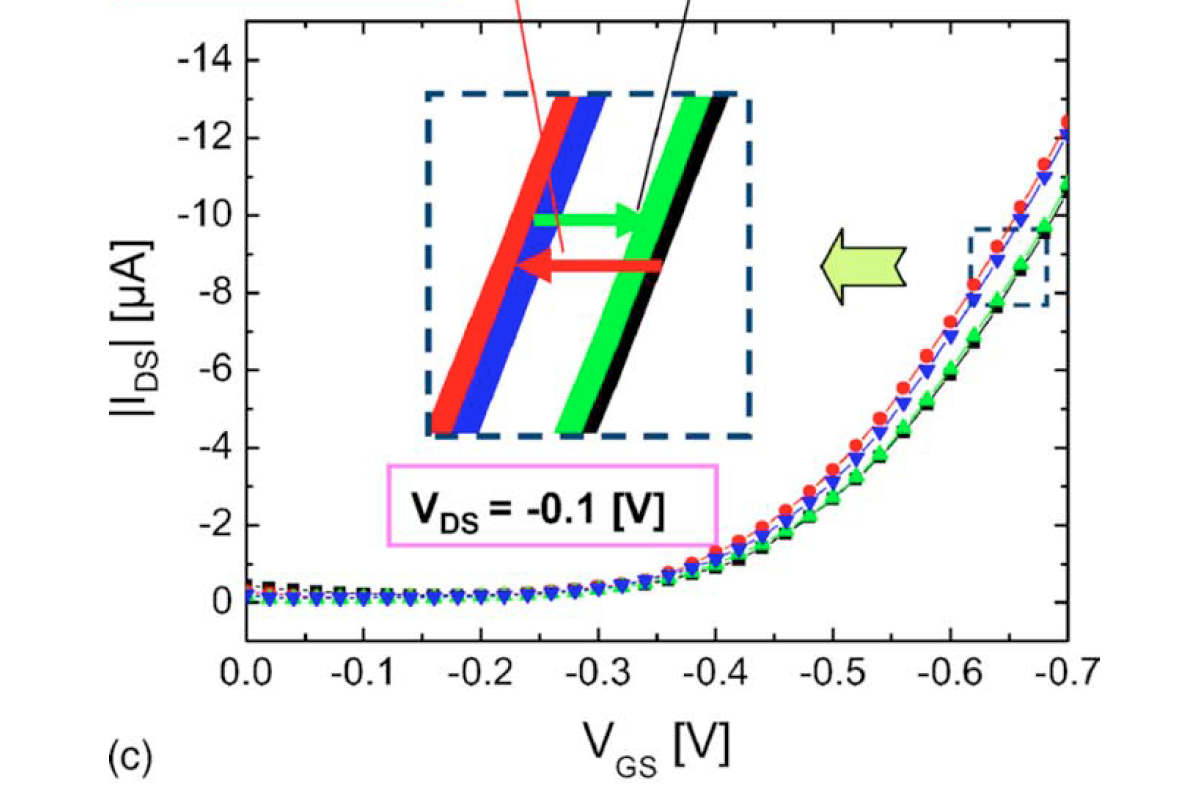I am interested in building a simple but sensitive setup that would allow me to detect small potential changes (adsorption of ions) on the surface of the gate of a MOSFET - what is commonly referred to as an extended gate FET.
As a reference, see for example this figure from a research article (Song et al, Phys Rev E, 2006):

The idea is to shift Vth and detect that change because Vgs remains identical.
The extension of the gate is in contact with a solution containing the analytes, and the bias is provided at a reference electrode in the same solution.
From what I have understood, a common drain amplifier seems to be the best option to have a straightforward relationship between Vg and the measured Vs. A large resistance (R) is used to maximize the voltage drop across R. Stop me if anything makes no sense here.
I am unsure as to how to choose the MOSFET and the various parameters for maximal sensitivity and dynamic range. Importantly I want to use an "almost low-cost" equipment so I cannot observe current changes (usually very small) but rather changes in voltage at the source. Let's assume for the sake of this question that I have a good ADC.
My questions are therefore:
How to rationalize the choice of the hardware? For example, would it make any difference to use a depletion or an enhancement mode MOSFET (except for the fact that the signal would go up vs down, which I don't really care about as long as it changes)?
How to set Vd and Vg to make sure that changes are detectable? Initially I thought I would set Vd to a small value (but not too small, to preserve a decent dynamic range, my ADC operating in the 0-2.5V range it would be great to use the whole range) and then choose a somewhat arbitrary gate voltage above Vth, so that any change in Vgs would cause a change in Id, and therefore a change in Vds; as the drain potential is imposed, I would read a difference in potential at the source. But I also guess there must be some "ideal" set of conditions for that, which I cannot figure out. For example, should I operate in the saturation or the triode/linear mode?
Which brings me to the big general question: How can I know a priori in which region I'm operating and what my device's characteristic voltages are, since I expect the source potential to be variable, and therefore Vds and Vgs to change in potentially unexpected directions?
Thank you for any advice or comments on this question!


